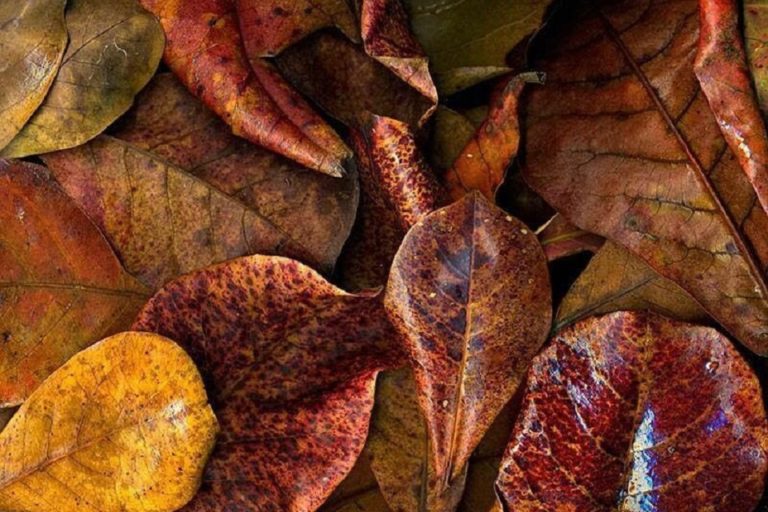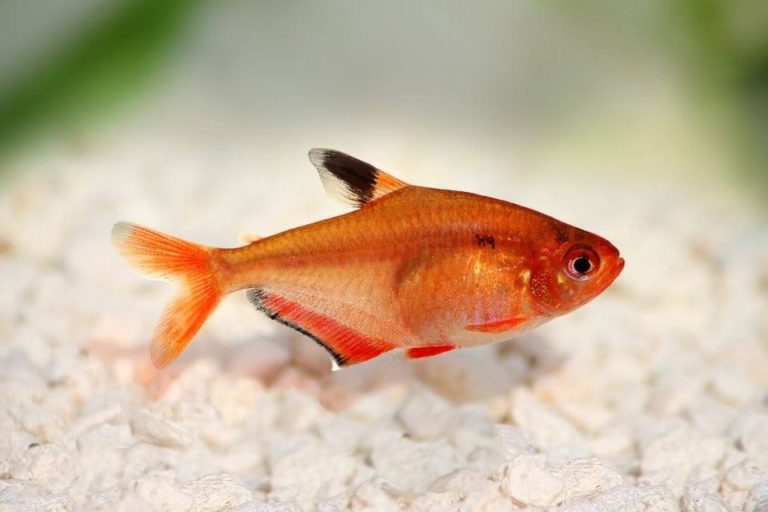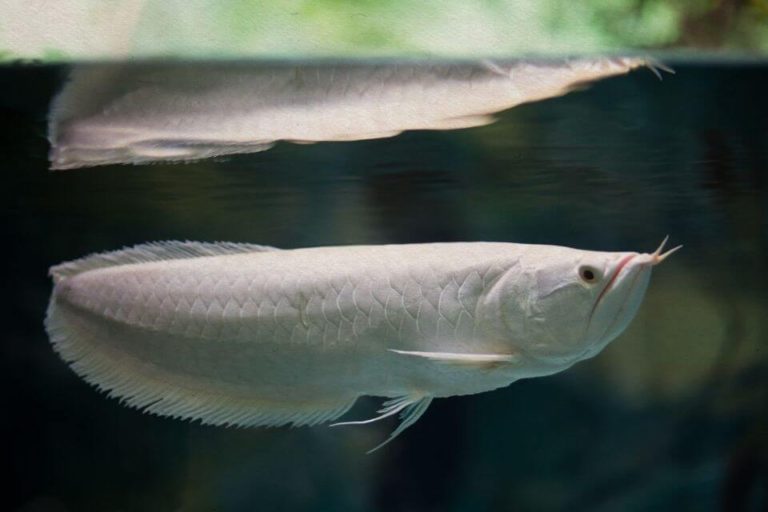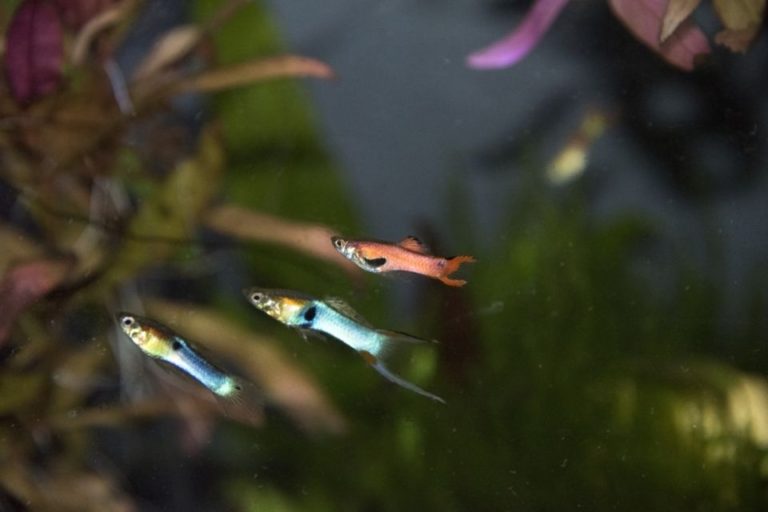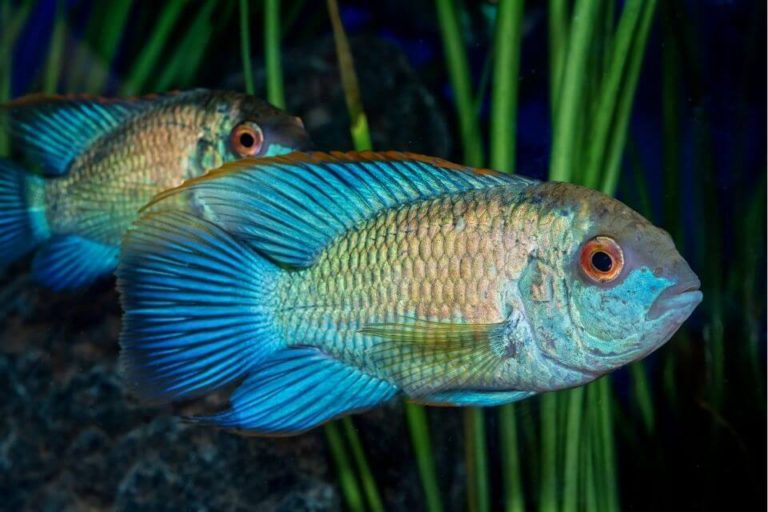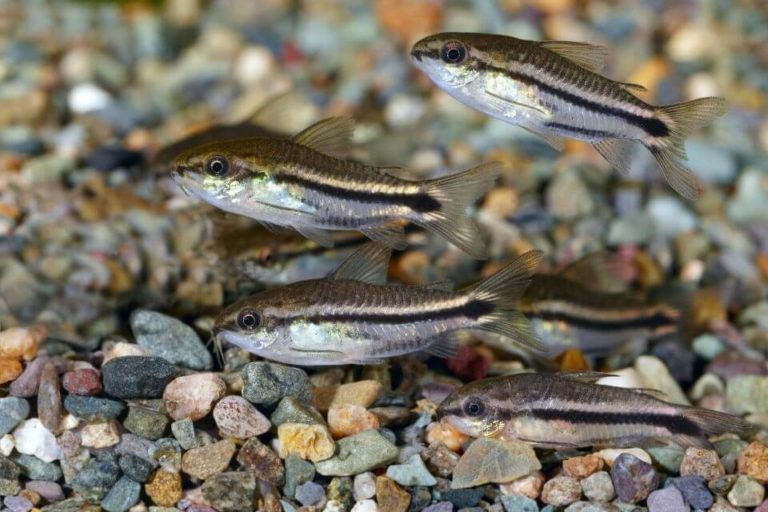Bristlenose Pleco Care: Size, Lifespan, Tank Mates, Tank Size and Setup
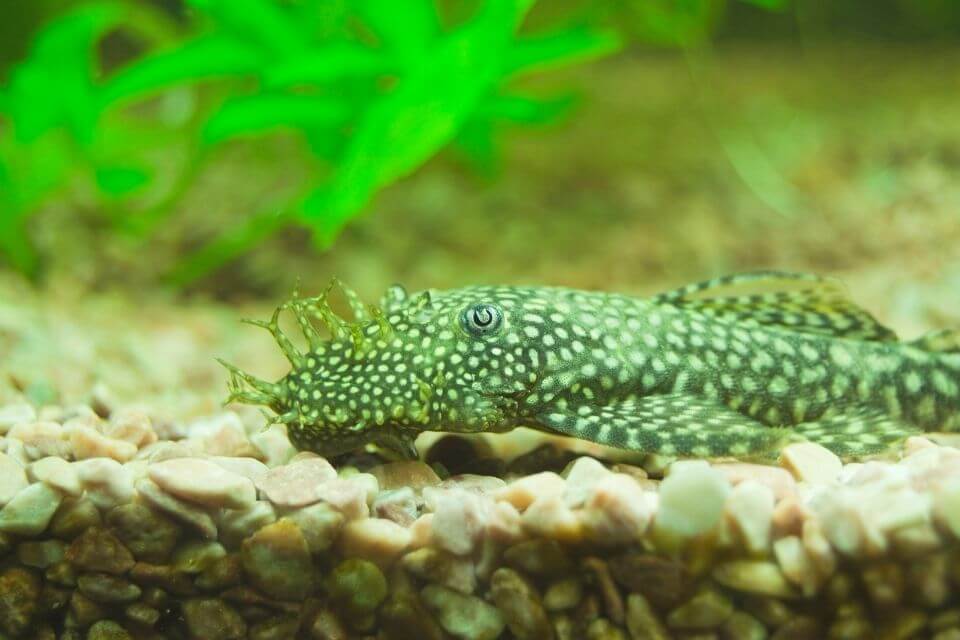
Among many freshwater fish species, the Bristlenose Pleco is one of the most eye-catching Pleco species. Their unique appearance and behavior stand out in a fish tank than other species.
If you are a hobby fish keeper, you would not wonder why the Pleco fish species are popular in the aquarium trade. If you plan to add more freshwater fish species into your fish tank you should not think twice about adding this fish as your next choice.
Before that, you must have some understanding of the characteristics and the behaviors of the fish. In this Bristlenose Pleco care guide, we put all the information together that makes it easier for you.
| Quick Facts: | |
|---|---|
| Common Names : | Bristlenose Pleco, Bristlenose Catfish, Bushynose Catfish |
| Origin : | Tropical waters in South America and Panama |
| Family : | Cyprinidae |
| Scientific Name : | Ancistrus cirrhosus |
| Care Level : | Easy |
| Temperament : | Peaceful |
| Social : | Community fish |
| Diet : | Herbivore |
| Size (average) : | Up to 5 inches |
| Lifespan : | 10 - 15 years |
| Breeding : | Egg layer |
| Minimum Tank Size: | 25 gallons |
| Tank Environment : | Freshwater, Sandy substrate or gravel, Driftwood, Smooth Rocks, Live aquarium plants |
| Temperature : | 60 – 80 °F (15 – 26 °C) |
| Water pH Level : | 6.5 – 7.5 pH |
| Water Hardness : | 6 – 10 dKH |
Overview of Bristlenose Pleco
The Bristlenose Pleco is one of the smallest species of catfish. They are peaceful, friendly, and hardy, and quickly adapt to most of the conditions of the water.
They are perfect tank cleaners as they perform the task daily of removing the substrates of your tank. This aspect leads to one of the ideal options to add to any community tank. Their colors are brown, green, or grey with white or yellow spots.
However, some species come on irregular with lighter and darker splotches on various parts of the body. Most of them have darker backs and lighter abdomens except Albino Bristlenose Plecos, which is commonly white.
The species have a unique appearance that features bony plates, a flat body, a fat, and along the maturity stages, there is the sprout of the tentacles growths from their heads.
Tentacles of the males are longer and more evident compared to the females. They have a pair of pectoral and abdomen fins and a circular mouth with long lips that improves their adaptability in sucking.
Their heads are broad along the underbite on the set of the lower jaw.
Bristlenose Pleco Size and Growth
For the total growth of the fish to the adequate Bristlenose Pleco size up to 5 inches. According to the origin of this fish, it is one of the hardy fish capable of surviving on different habitats for more than twelve years.
However, at the age of six months, the size of the fish is big enough on the proper processes of the feeding programs but not reached maturity age. The approximate period of the fish to expand on the full size is two years, raising 4 to 5 inches long.
On rare occasions, it can also grow to up to 8 inches in length in a captivity environment under extreme care.
Bristlenose Pleco Lifespan
The fish can adapt to many parts of the world if they are kept healthy and looked after properly on a lifespan of up to 5 years. But you give them optimal care you might see you Pleco will live more than that.
Appearance and Colors
The unique feature of the fish is the appendage’s bushy nose sprouting from the snouts. However, the tentacle comes from the name of the fish.
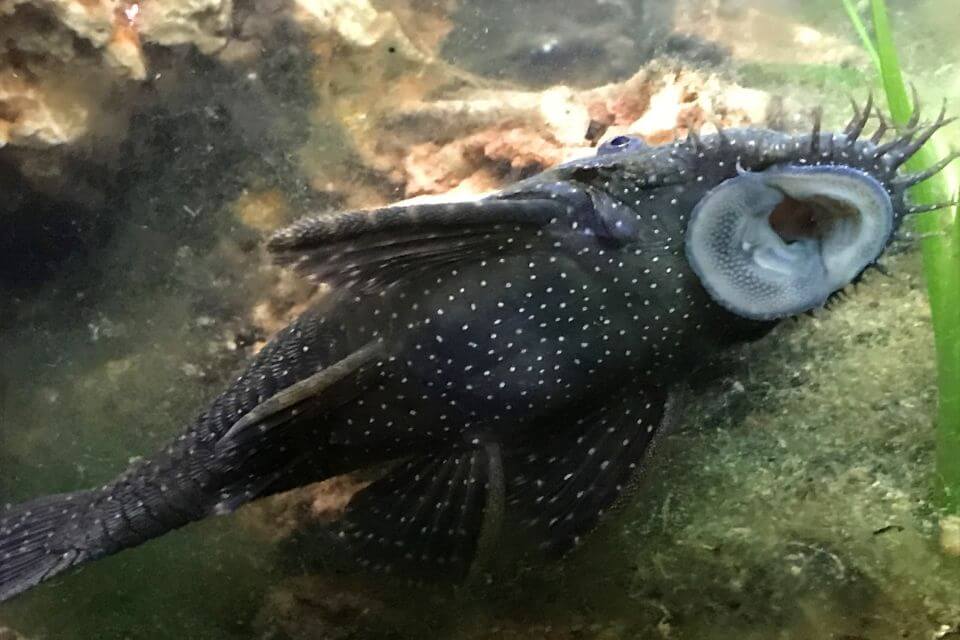
They usually appear on the matured fish at the age of six months. All Bristlenose Pleco has bristles. The bristles are more prominent on the male fish, are longer, and in most cases tend to grow higher upon their heads.
On the females, the bristles subdue and sprout out around the area of the mouth. The mouth of the Bristlenose Pleco locates at the bottom of their body.
The location of the mouth suits the process of consumption of the algae from areas of the substrate clinging on vertical surfaces. Compared to the other pleco, their lips are highly elongated.
Another common feature of the Bristlenose that makes it distinct from the other pleco is the broader heads. The fish is a bit plumper and shorter. The bodies are covered with bony plates that protect them from aggressive fish in the wild.
The unique patterns of the color of the fish usually assist them in evading danger or trouble. Most of these fish species come on a dark color that allows the blending in on the substrates of the Amazon basin.
You are likely to find the bristle nose pleco on olive, gray, dark brown, and black. The process of accompanying the base color of fish comes with a series of lighter dots all over the body.
In most cases, the color of the fish is either yellow or white, and the bellies are slightly light-colored. Bristlenose Pleco profile differs as well. They have a pair of pectoral fins, abdominal fins, and a large dorsal fin on the top.
Albino Bristlenose Pleco:
The most popular variation of the fish is their ease on the Albino Bristlenose Pleco. They have a particular look that makes them differ from the other types of fish.
The recognition of the fish is accessible due to the pink and the light yellow color on their body. The process of coming up with the faint light of the spotted and marbled pattern is high. This is because of the significant number of fans of the fish.
Longfin Bristlenose Pleco:
One of the characteristics that make the Longfin Bristlenose Pleco very special and neat is their name. As opposed to the standard variations, the types of the longfins come on the long and the flowing fins variations.
This gives them the hypnotic swaying motion in the processes of them swimming around. The character makes the fish one of the most enjoyable kinds of Bristlenose Pleco, as observed in action. This provides a reliable reason for you to purchase the fish.
Red Bristlenose Pleco:
The uniqueness of this fish is that, as the fish’s name indicates, it usually comes on the super Red Bristlenose Pleco. The body of this fish species filled up with light red or orange color all over.
The color makes the fish stand out on your tank significantly regardless of the types of fish you have on the tank with it.
Starlight Bristlenose Pleco:
According to the variations of the fish, Starlight Bristlenose Pleco makes the personal favorite of the fish. The coloration and pattern on the fish make the fish mind-blowing.
The fish’s body is covered on the white and black dots spread all over the fish’s body. On both caudal and dorsal fin, a thin white stripe rests on their top. The look on the fish provides a stunning display.
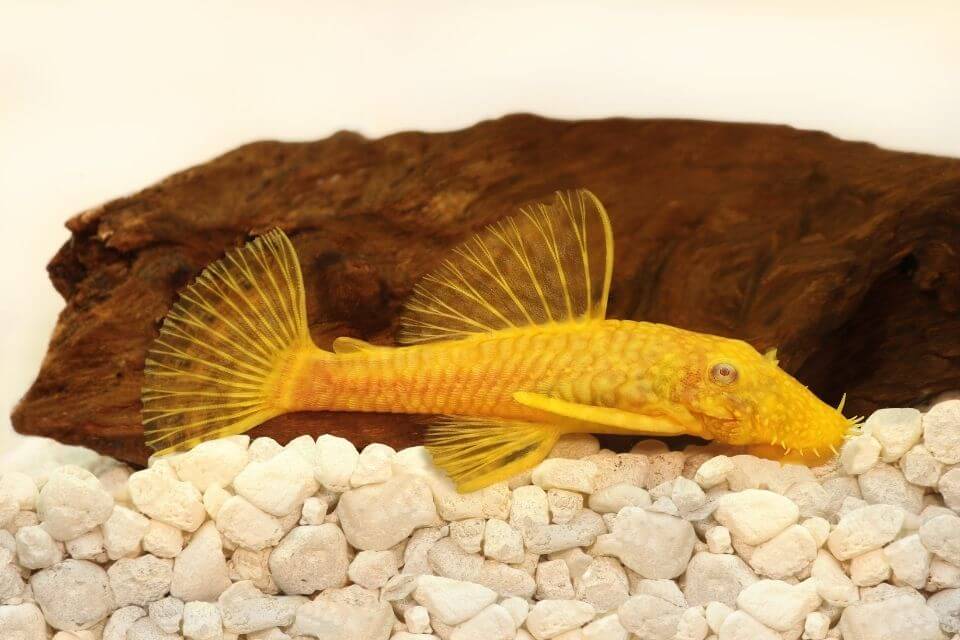
Behavior and Temperament
Bristlenose pleco has a friendly and peaceful temperament. They are not aggressive to the other fish. This makes them housed effectively with the others along with the same characters of the water.
Ensure that the fish does not go for long without food, primarily if you house them with other faster bottom feeders.
Bristlenose Pleco Care
In natural settings, this fish usually prefers properly aerated water on the given sort of current. These fish species are bottom dwellers, ensuring that you provide many roots, driftwood, plants, and suitable caves for them to hide during the daytime.
The fishes are nocturnal, and in most cases, they usually eat at night. Driftwood usually provides the perfect option of the substrate where the algae mostly grow; thus, the Bristlenose Pleco gets the right amount of food.
The fact that the fish is herbivore does not mean that they can easily interfere with or harm live plants. They are perfect on the tanks with 25 gallons or more extensive handling water from the acidic and soft to alkaline and harder.
– Bristlenose Pleco Tank Size
Bristlenose Pleco is not such tiny fish. The probability of them reaching the size of 5 inches long is high. The minimum and the recommended Bristlenose Pleco tank size is 25 gallons.
The recommendation is the least and thus can differ according to the number of fish you desire to hold. The bigger the size of the aquarium, the better for the Pleco you place the other types of fish in the same tank.
– Tank Setup
The fact that this fish is very hardy means that it tolerates a broader range of water parameters. It would be best if you replicated the natural environment of the fish to make it consistent possible. These species take a lot of food, thus producing a lot of waste.
Therefore, in deciding on the size of the tank, ensure that you choose a specious tank that handles the waste produced by the fish. If you are making the community tank, look for the bigger-sized tank.
Large size usually provides adequate space and the risk of the excess production of the waste.
Substrate:
Maximize the natural provision of the substrate like the mixture of gravel, dirt, and clay. According to your preferences, you recreate the substrate from clay or dirt-based substrate as the base layer and put the gravel at the top.
Most of the pleco usually find it appropriate for all types of substrate. You can also get away with the bare tank bottom. The fish needs feeding at the bottom of the tank put the forage on the substrate on the excellent feeding recommendation.
Due to the probability of having many plants on the tanks, you need to provide them with nutrients to feed on, depending on them being the column or root feeders.
Decorations:
Bristlenose likes foraging and hiding in the dark spaces and plants, thus the many of them in the aquarium. Live plants, sink plants, and most decorative ornaments like castles and caves are very suitable for Bristlenose.
They like to hide on the shipwrecks and rest on driftwood. Artificial plastic plants are a good option because it has less maintenance. But live aquarium plants are recommended because they maintenance of a natural and healthier environment for fish.
Lighting:
For the proper growth of the fish, there is no need for specialist lighting on the Bristlenose. You only require adhering to the natural provision of the light for the plants to remain healthy.
The recommended light is the LED light as they are cost-effective for the long-term run and provides the required natural lighting. You can program these lights and set them on the automatic timers.
Filter System:
The fish usually comes from the fast-flowing water. You must adhere to the vital filtration process and the perfect flow in the tank.
Bristlenose also takes a lot of food, leading to a higher production of waste than most aquatic pets. If the filtration of the water is not adhered to, quality affects the health of the fish leading to infections or diseases.
A hang-on aquarium filter or Canister filter provides the best option in water filtration on the 300 PGH. You can look for a few air stones and a water pump to improve the water flow in the tank.
These features usually ensure that all waste products are dealt with effectively and swiftly before, they affect the water quality, thus giving the fish a comfortable atmosphere.
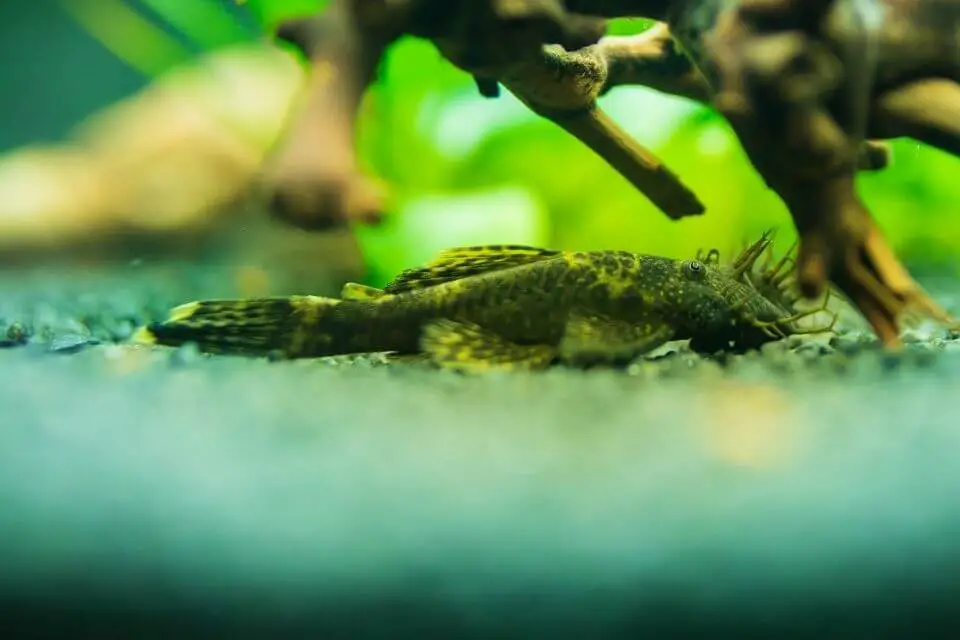
– Water Parameters
If the type of tank you are using is cycled, adhere to the degree of present conditions of the water. However, if it is not the case, comply with the cycle of the nitrogen cycle as an essential step while setting up the aquarium.
You need to adhere to water cycling to minimize the rate of the risks on the aquarium.
- Water Temperature: 60 – 80 degrees Fahrenheit.
- Acidity: 6.5 – 7.5 pH
- Water Hardness: 6 – 10 dKH
– Suitable Aquarium Plants
Aquarium plants, especially for the Bristlenose Pleco, are very crucial for many reasons. They love plenty of the plants in the tank, although they are straightforward to care for and maintain. The size of the tank needs a lot of space.
The following are some of the important plants. Most of the appropriate types of plants for the fish are fast-growing, hardy, and large providing the best option for the fish.
They need the plants they can easily hide under for the provision of the forage cover, and food is the best option for you to consider.
- Java Fern
- Java Moss
- Wisteria
- Anubias
- Amazon Sword
– Common Diseases and Prevention
Bristlenose Pleco is not susceptible to any particular disease. Most of them are usually healthy, provided with the right amount of food in balanced proportions.
Always ensure that your tank is clean and in good condition. Follow all the above-mentioned water parameters and the proper decorations. An adequate number of the hiding places of the fish ensure the fish remains healthy throughout the lifecycle.
Diet and Feeding Requirements
In most cases, the diet of the Bristlenose Pleco consists of debris and algae. These assist them in getting algae or spirulina wafers and an ideal staple food on their diet.
Providing the fish with the foods like granules, flakes, and bloodworms makes their diet excellently balanced. In addition, you can occasionally add blanched vegetables to them as a treat.
Gender Differences
The breeding of the fish is very easy, and the determination of the gender of the same detects quickly. Both of the genders have observable tentacles; thus, their name is Bristlenose.
The Bristles on the male are more and more significant and usually locate on their heads. For the females, Bristlenoses are fewer situated on the snout. On the fins of the male, there are spikes.
Bristlenose Pleco Breeding
The fish usually breeds best in the home aquarium settings. To maximize the rate of the breeding of Bristlenose Pleco, ensure that the ratio of the male to female is one to two.
The fish-like hiding provides them with hiding spots matting, which is large enough to accommodate two fish. If all other requirements are met, focus on the practical process of mating without any preoccupation.
The fish needs high privacy in the process of mating. Selecting the spacious cave ensures that the pleco feels secure and does not stare at them.
The Breeding Process:
Always ensure that the number of females is higher than the males in the tank. This reduces the rate of the territorial during the periods of the breeding.
If you have a higher number of males, ensure that the available space has an adequate number of hidings for the peaceful coexistence of the Bristlenose Pleco.
The breeding process starts with the male looking for a suitable place for the female to lay their eggs and the caves or the hiding places. If they get a proper shelter, the male cleans it up and waits for the female to come.
If the female sees the site appropriately, she lays sticky and bright orange eggs, on the floors, and the walls. Male fertilizes these eggs.
Female guards the eggs as they both wait for them to hatch. Along the period of waiting for the eggs to hatch, a male cleans them using his tail. The eggs usually hatch between four to ten days.
They protect the young ones, thus increasing the chances of their survival. At the immediate process of the hatching of the young fishes, they usually latch along the sides of the as they feed on the eggs sacks for a few days.
They swim throughout the tank freely as they feed on algae like the parent and the mashed vegetables. They usually increase, taking less than six months to reach maturity.
The fish develops tough skin at younger ages, as they do not have the iconic bristles at the first periods. After a few months, they start to build some.
Origin and Distribution
The origin of the Bristlenose Pleco is South America, mainly on the fast-flowing waters of Suriname, Saramacca, and Maroni on the Amazon River basin. Some of these species are found in Central America, including Panama.
Because of the stunning look of these fish species, it has been popular over the years among hobby fishkeepers. It is commercially bred and distributed around the globe that making it available in every part of the world for aquarium-keeping purposes.
Bristlenose Pleco Tank Mates
Always make sure that you house more females than males to ensure that the male does not compete over the breeding partners. For the Bristlenose Pleco to be safe, accommodate them with tank mates that are not aggressive.
Our recommended Bristlenose Pleco tank mates are:
- Odessa Barb
- Green Neon Tetra
- Silver Tip Tetra
- Powder Blue Dwarf Gourami
- Lemon Tetra
- Cherry Barb
- Black Skirt Tetra
- Rainbow Cichlid
FAQs
How Many Bristlenose Plecos Should Keep Together?
The number of the Bristlenose Pleco that you should house together depends on the size of the tank that you have made. Ensure that the ratio of the female to male is 1 to 2 minimize the competition rate on the breeding mate.
Is Bristlenose Pleco Aggressive?
These Pleco species are not aggressive in the expected conditions. However, if deprived of food for long periods, they are very aggressive. This fish likes eating a lot, and thus the longer you subject it to hunger, the higher the rate of aggressiveness it will be.
Will A Bristlenose Pleco Eat Other Fish?
No. However, the larger Plecos usually suck on the slime coats of the fish like the Goldfish and Discus fish, leading to nasty wounds and ulcers. You should not keep this fish with the fish that has larger bodies and slow-moving fish.
Are Bristlenose Plecos Territorial?
Yes. During the processes of feeding or breeding, the fish can become aggressive and territorial. However, the bold rate minimizes if you keep the tank with food always and maintain the 2:1 female-male ratio.
Where Bristlenose Pleco for Sale?
You can buy quality Bristlenose Pleco in many places. They include Amazon, Walmart, eBay, Gumtree, etc.
What Is Average Bristlenose Pleco Price?
The approximate prices of the Bristlenose pleco vary from one place to the other. However, according to the latest pricing of the fish, it ranged between $3 to $10. The price varies according to the different locations of the customers.
Take Away
Now that you are done with the reading of the guide, you must have adequate information on the processes of the care and maintenance of the Bristlenose Pleco. You can raise the fish according to the recommended conditions.
These creatures are very peaceful and funny thus need the proper care in terms of adequate food, adequate aeration, a clean environment, and a good ratio of male to female fish.


